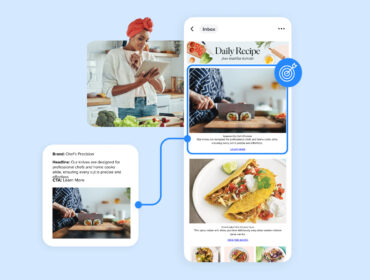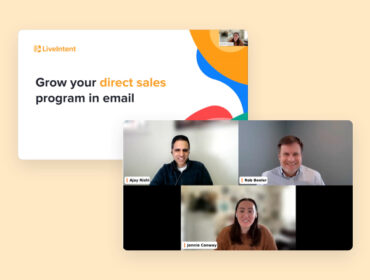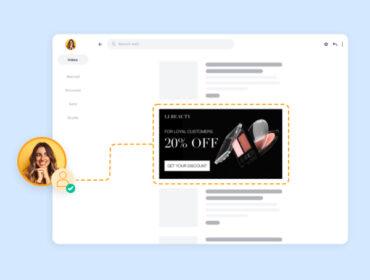Real Time Banter: How Programmatic Advertising has Changed During COVID-19
In the fifth Real Time Banter webinar, LiveIntent SVP of global marketing, Kerel Cooper, and VP of marketing, Nick Dujnic, invite Stephanie Layser, vice president of advertising technology & operations at News Corp, to discuss how programmatic advertising has changed during COVID-19.
Key insights from Stephanie Layser
At the start of the coronavirus outbreak, News Corp saw an immediate surge in traffic and revenue as people were consuming more information across its publications. Once buyers started to shift ad spend and block COVID-19 content, however, bid density decreased.
“Over last week or so, it’s started to go up again,” Layser says. “Brands stopped blocking keywords because all the articles have it and they miss exposure. Also it’s not negative content, it’s just news.”
News Corp’s top buyers also changed.
“All brands have not been impacted equally. Tabloids like entertainment news have suffered more than broadsheets. But they are seeing a massive surge in traffic, which comes from social media where people are spending time. Subscription revenue has also increased significantly for broadsheets.”
Over the past year, News Corp shifted to have more direct conversations with buyers, which has helped during the pandemic.
“I’ve believed in programmatic since its inception. But that doesn’t mean I only believe in open exchange. I’m optimistic that coming out of this will open up buyer and seller conversations. I think oftentimes that missing link is what causes some of the breakage in the ecosystem.”
Publishers need to mend that missing link and meet brands in the middle.
“I’m always talking with publishers. But we all talk about the same things over and over again. We have to start including other people with different points of view in the same room.”
These conversations can help assuage advertisers’ concerns about brand safety and build blacklists.
“I just had a conversation with a buyer about what they need to get clients to run ads on news. Right now they think it’s polarizing and not brand safe, so they have a flag between editorial and reported news. But reported news isn’t polarizing. Buyers need to take responsibility and use their ad dollars to directly support the survival of news and information. Put that money in areas you believe in.”
Brands and publishers must also work together to start activating on first-party data and help advertising thrive outside the walled gardens of Facebook and Google – especially with the imminent death of the third-party cookie.
“This doesn’t just affect advertising. It affects everything. Our success is the industry’s success. For too long, our industry has attempted to self-regulate, and that’s why monopolies popped up and took all advertising revenue. We won’t be able to survive if we don’t come together and meet everybody’s needs.”
Best practices for building a first-party data strategy
- Solve your Safari problem. Look at your monetization on Safari. That’s an indication of how much money you’ll lose with the death of the third-party cookie. And find partners that can help you activate on Safari.
- Activate your first-party cookie. Service users with news and information as usual and use feedback for your product so those loyal users continue to rely on you. “Too often we set up quizzes and newsletters, etc, and we don’t collect data from it,” Layser says. “Facebook and Google do, because they have a first-party relationship with the user. And they take every opportunity to collect and mine that data, even on your own site! Then they get to continue monetizing your information.”
- Build up your subscriber list. Email is a treasure trove of first-party, logged-in data. It can also be used to create a feedback loop with your users, which can then yield a better product.
Sign up for more Real Time Banter and other industry insights with the LiveIntent newsletter.


